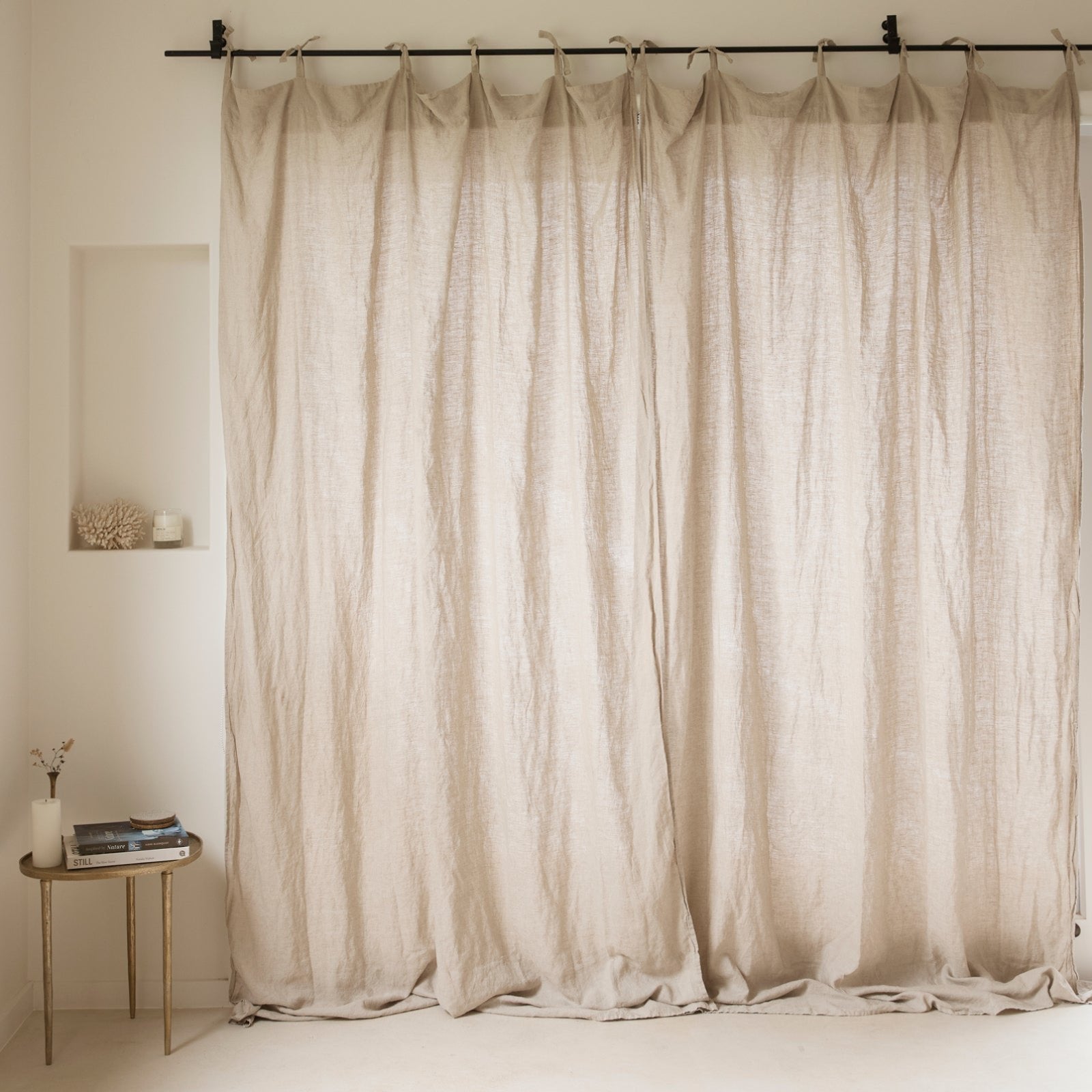
Hey there, my fabulous home decor fans! I’m here to share some tips and tricks with you on how to keep your curtains and other fabrics safe from moths. You know, those pesky little insects that can ruin your favorite clothes and carpets with their holes and stains. But do moths eat and damage curtains? And how can you prevent them from infesting your home?
Do moths eat and damage curtains?
The answer is: not exactly. Moths don’t actually eat fabric, their main purpose is to reproduce, it’s their larvae that do all the damage. Moth larvae feed on keratin, a protein found in animal-based materials such as wool, silk, fur, feathers, and leather.
They also feed on organic stains such as food, sweat, and oil. So if you have curtains made of natural fibers or fabrics that are dirty or stained, you may be at risk of moth damage.
If you want to protect your curtains from moths, here are some steps you can take:

Here are some common questions that people have about moths and curtains and how to deal with them:
Q: How do I know if I have a moth infestation?
A: The most obvious sign of a moth infestation is finding holes or damage on your fabrics. You may also see adult moths flying around your home or resting on walls or ceilings. Adult moths are small, brownish-gray insects with four wings that avoid light and prefer dark places. They are not the same as the small moths that fly around your kitchen or pantry; those are grain moths that feed on stored food products.
Q: How do moths get into my home?
A: Moths can enter your home through open windows or doors, cracks or gaps in walls or floors, or vents or pipes. They can also hitchhike on clothes, furniture, rugs, plants, or pets that you bring into your home from outside.
Q: How can I prevent moths from entering my home?
A: You can prevent moths from entering your home by sealing any openings or cracks that they can use as entry points. You can also install screens on your windows and doors to keep them out. You should also inspect any items that you bring into your home for signs of moths and clean them before storing them.
Moths are annoying pests that can damage your curtains and other fabrics with their hungry larvae. However, you can protect your curtains from moths by keeping them clean and stored properly, inspecting them for signs of moths, and treating them if necessary. I hope this article has helped you learn more about moths and how to protect your fabrics from them.

Dale is the colorful mind behind HuetifulHomes.com, where he shows you how to create a home that is as fun and fabulous as you are. He has a passion for color and a knack for DIY, with years of interior design experience he shares his tips and tricks on how to create a home that reflects your personality and style. He believes that color is the key to happiness, and he wants to help you make your home more Huetiful.